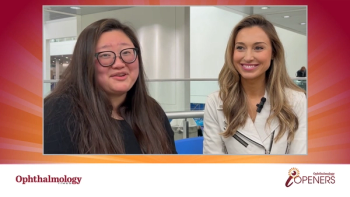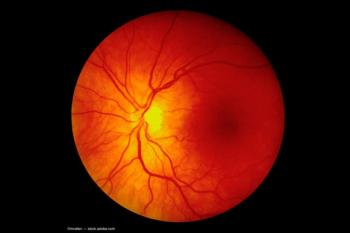
FDA clears laser for cataract surgery incisions
The FDA approved OptiMedica's Catalys Precision for creating single-plane and multi-plane arc incisions in the cornea during cataract surgery.
Sunnyvale, CA-The FDA has cleared a platform (Catalys Precision, OptiMedica) combining a femtosecond laser, optical coherence tomography imaging, and pattern scanning technology to create single-plane and multi-plane arc incisions in the cornea during cataract surgery.
The laser system, which received CE mark approval for these types of incisions in March, also is cleared for capsulotomy and/or lens fragmentation in the United States and the European Union. It has a proprietary interface (Liquid Optics) designed to ensure stable system-patient attachment and optimization of the optical path to the patient’s eye. The system also includes a proprietary mapping system (Integral Guidance) meant to ensure that the femtosecond laser pulses are delivered safely and precisely to the intended location. In addition, it features a graphical user interface intended to simplify the planning process and minimize the time patients are under the dock.
Since its international launch in November and its U.S. launch in February, the system has been installed in more than 20 ophthalmic practices in seven countries and has been used to perform more than 3,000 laser cataract procedures.
“The system represents a stark difference from first-generation laser cataract surgery technologies in that it is very easy to use and has little to no surgeon learning curve; delivers unparalleled precision and consistent performance; and provides an enhanced experience for both surgeons and patients,” said Mark J. Forchette, OptiMedica president and chief executive officer.
For more articles in this issue of Ophthalmology Times eReport,
Newsletter
Don’t miss out—get Ophthalmology Times updates on the latest clinical advancements and expert interviews, straight to your inbox.













































